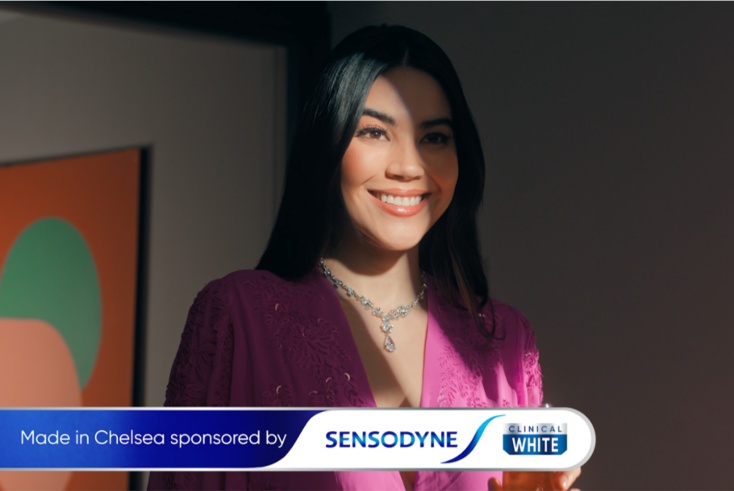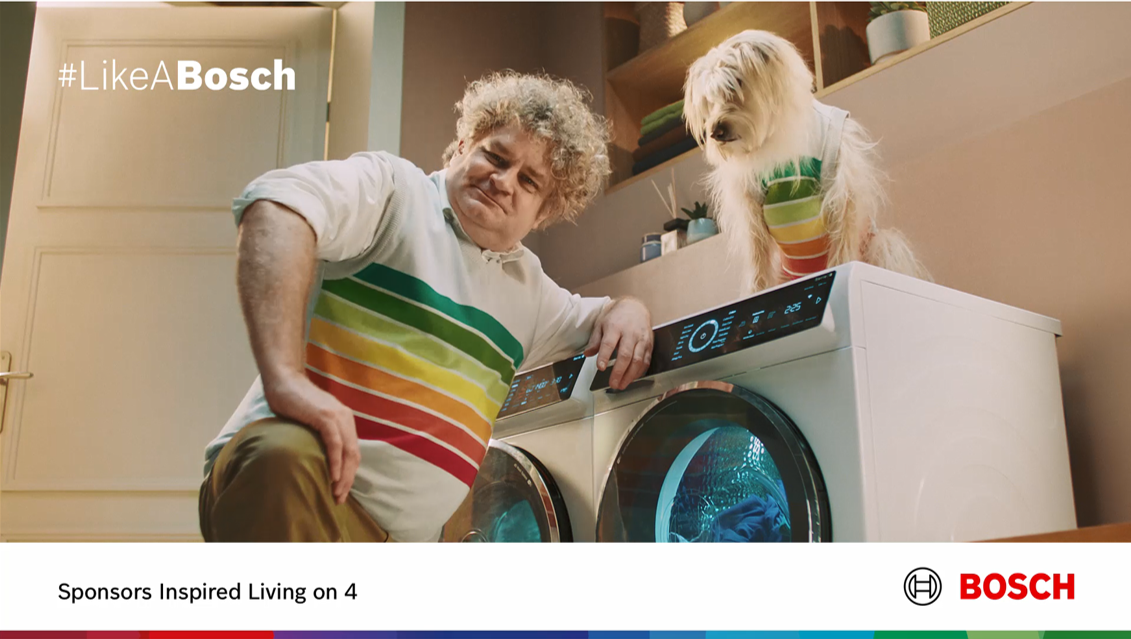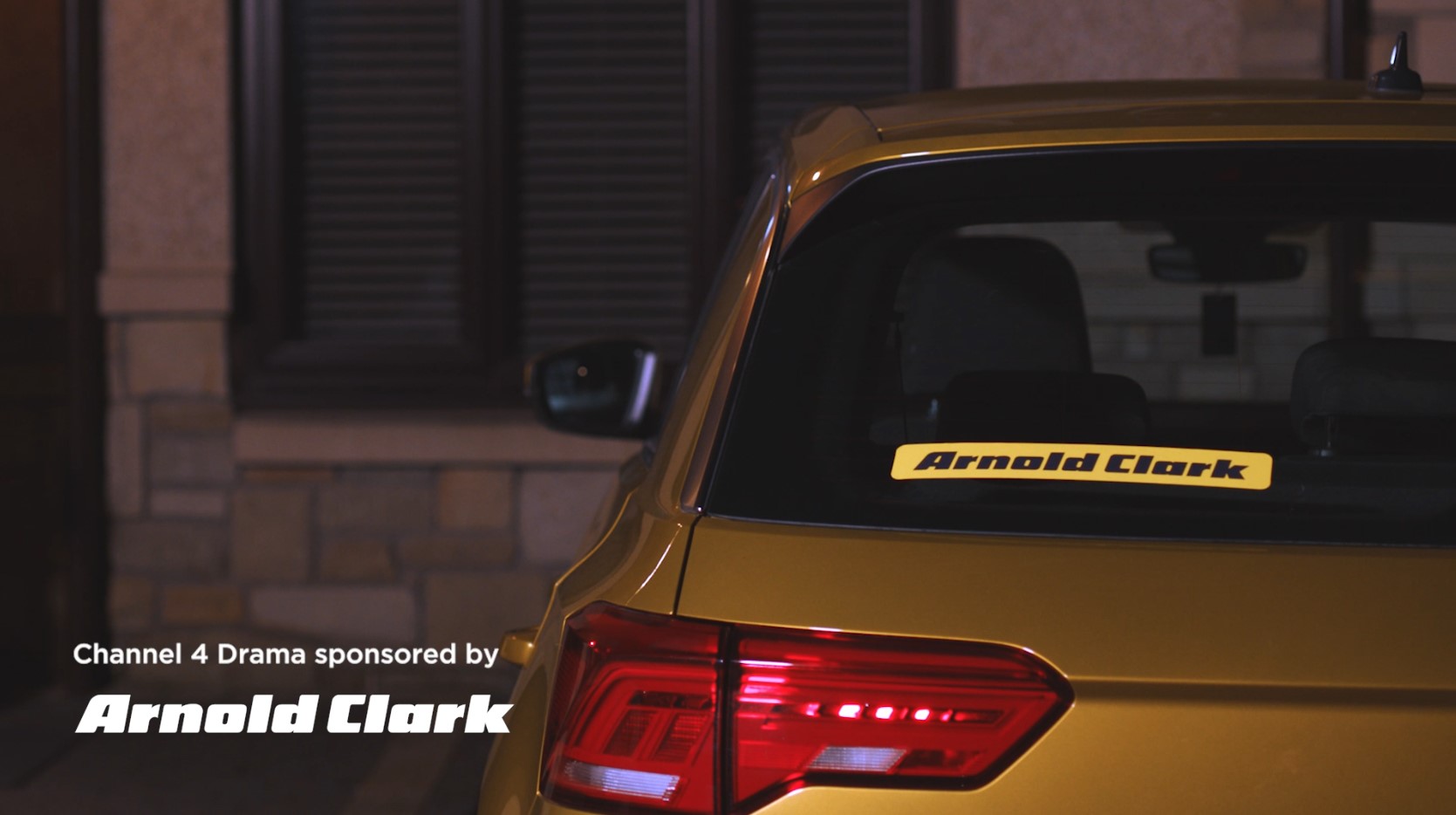Channel 4: TV sponsorships ‘improve with age’ and frequency

In a long-term study, Channel 4 found that broadcast sponsorship not only improved all key ad performance metrics, but they also “improve with age” and frequency.
Channel 4 commissioned independent research agency Consumer Insight to compile effectiveness results from nearly 240 sponsorships, including 666 waves of research that involved speaking to more than 400,000 viewers over the past 15 years.
The broadcaster has called this research, entitled Sponsorship Rocks, “the most comprehensive analysis of broadcast sponsorship ever conducted”. Compared with a 2017 study of the same name, this wave included streaming data, creative coding as well as Barb reach and frequency data.
Results found that broadcast sponsorship on average improved awareness, consideration, brand perceptions, relevance and trust by between five and eight percentage points.
More than half of viewers recalled a sponsorship ident and nearly a quarter “will want to find out more” about a brand after seeing an ident.
Rupinder Downie, sponsorship and commercial partnerships leader, Channel 4 Sales, said: “The debate around brand safety continues across all media platforms, therefore it is so encouraging to see research which shows broadcast sponsorship provides a reliable, transparent and effective platform for brands.”
Long-term sponsorships work better
Length and frequency were also identified as key elements to sponsorship success.
Consideration of a brand was 20% higher for a sponsorship longer than two years, compared with one to two years.
Sponsorship idents seen more than 60 times had 57% higher prompted brand awareness than campaigns with average frequency of less than 60.
In addition, it was found that “sponsorships improve with age, rather than wear out”. Specifically, when more than 20% of people agreed they were “getting fed up of seeing” a particular sponsorship ident, this correlated with increased standout (5%), awareness (19%) and purchase intent (30%) than when “wear-out” was lower than 10%.
New to TV brands and younger audiences
Sponsorship should also be seen as “a valuable option for new-to-TV brands or brands with smaller spends”, the research maintained, given that there was “no significant difference” on KPI performance for sponsorships with low or high reach. A higher-reach sponsorship would have “the same impact across a larger group”.
For brands targeting 16- to 34-year-olds, sponsorship “particularly stands out” as this group registered the highest recognition cut-through.
Context is key
Closely aligning creative to the “key attributes of the programme” being sponsored amplified brand metrics. The majority of respondents in the study (81%) agreed sponsors were “appropriate to the content they were sponsoring”.
Product placement, licensing and sponsorship of clips on social media were also highlighted as ways to garner “incremental gains” across KPIs.
Brand case studies
Case studies in the research included Bosch home appliances’ sponsorship of Channel 4’s Inspired Living strand, Sensodyne of Made In Chelsea and Arnold Clark of Channel 4 Drama.
Bosch’s sponsorship shifted top-of-mind recall by 225% to 13% for viewers compared with a norm of 46%.
More than eight in 10 (87%) respondents who recalled the idents were likely to purchase, compared with a baseline of 60%.

A higher proportion of viewers of the Sensodyne sponsorship said they were more likely to consider the brand than non-viewers, at 59% versus 47%.
In addition, a third of respondents who saw the Sensodyne sponsorship claimed they had purchased the brand in the past three months, compared with 21% of non-viewers.
Arnold Clark has sponsored drama on Channel 4 for three years and is “growing faster than competitors for first-choice dealership”, with a 50% increase in visits and purchases at Arnold Clark for viewers compared with the start of the sponsorship.





